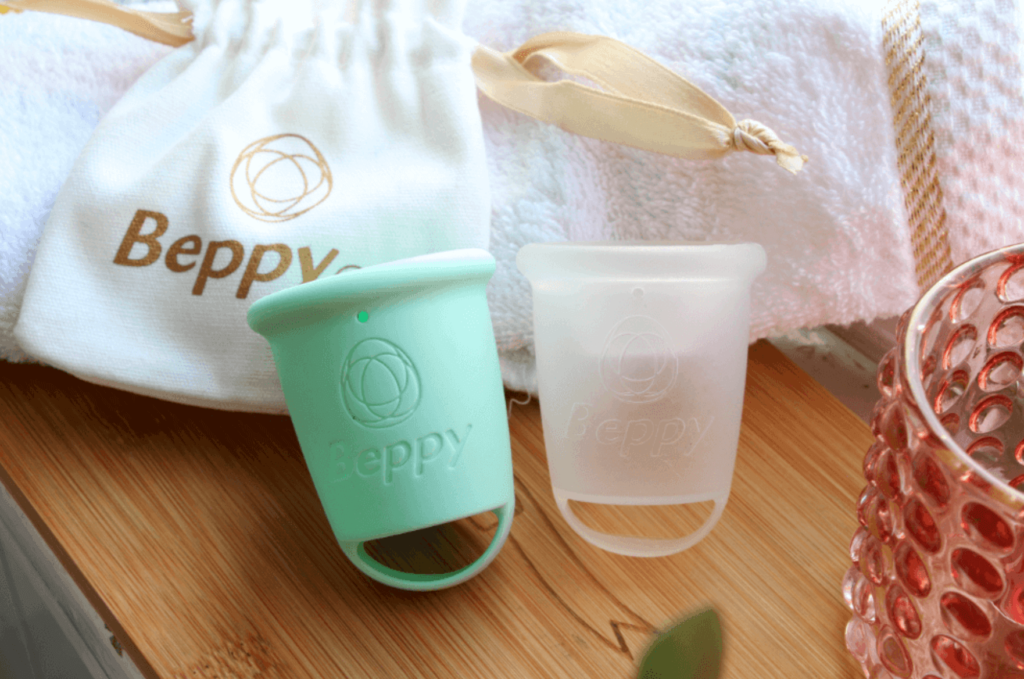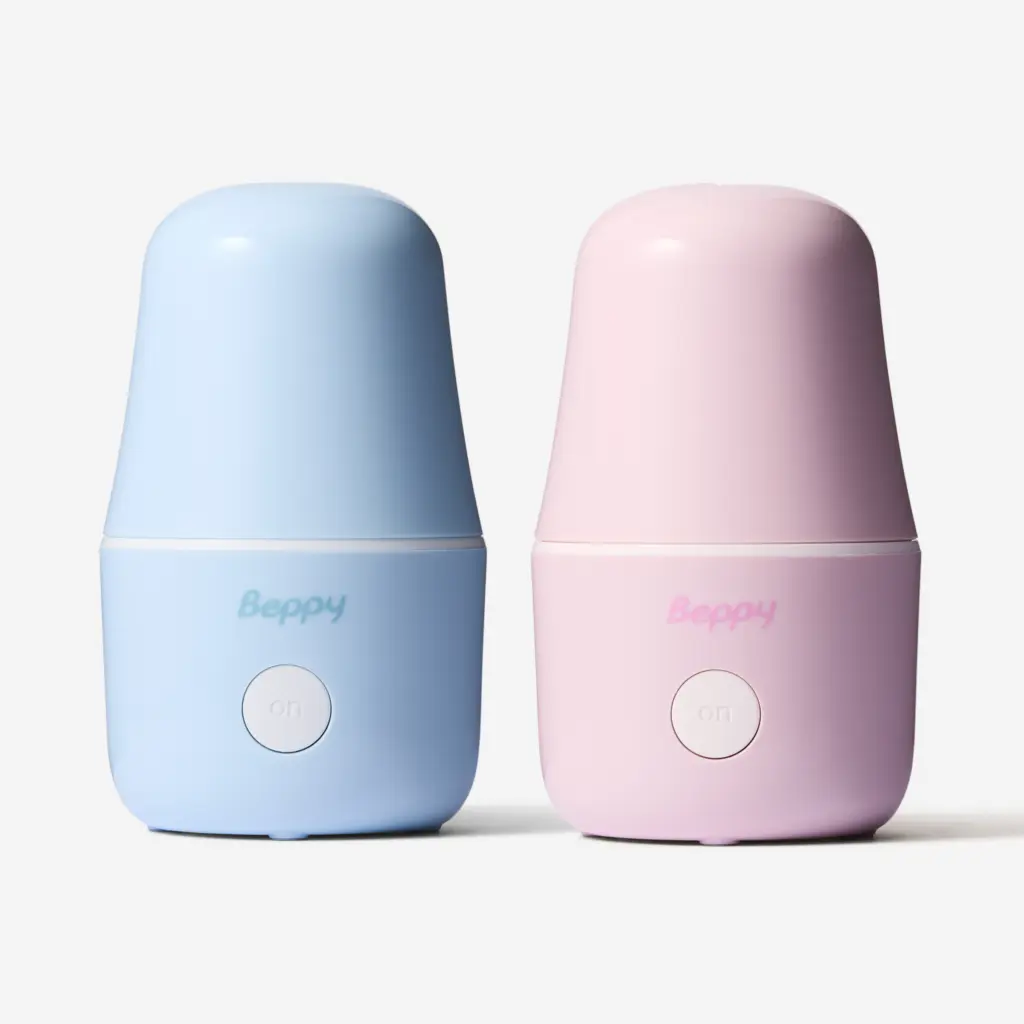Introduction to TSS
In the late 1970s, users of tampons were particularly affected by Toxic Shock Syndrome (TSS). These tampons were made of synthetic fibers and had a high degree of absorption. Tampons were withdrawn from the market in 1980 and tampon brands began to make tampons that were safer, less absorbent, and made from natural cotton. These incidents also made women more aware about their menstrual hygiene and started changing their tampons 3-4 times a day. And, while nowadays the risk of having TSS has been reduced, it has not completely disappeared.
TSS is a disease characterized by fever, hypotension, skin rashes similar to sunburns, and vital organ failure. It’s considered a life-threatening syndrome and is commonly caused by staphylococcus bacteria. Staphylococcus constitutes part of the normal flower of the nasal cavity and the vagina. However, if this bacteria enters your bloodstream it can release harmful toxins that will cause TSS.
Although this syndrome usually occurs especially in young women due to the use of tampons, it can also affect anyone of any age, including men and children.
Symptoms of TSS
One of the characteristics of TSS is that it gets worse very quickly and can be fatal if not treated right away, causing permanent damage to vital organs, necrosis, amputation and even death. However, if diagnosed and treated early, most people make a full recovery.
The symptoms of TSS start suddenly and develop quickly. These include:
- Fever
- Flu-like symptoms; headache, chills, exhaustion, body aches, sore throat, cough
- Diarrhea
- Sunburn-like rashes
- Vomit
- Dizziness
- Fainting
- Redness in the lips, tongue and eyes
- Hard breathing
- Confusion
TSS, menstrual cups and tampons in Scientific Research
In a study entitled Association of the characteristics of tampon use with menstrual toxic shock syndrome in France published in 2011, it was concluded that the use of superabsorbent tampons is one of the major causes of this syndrome, since they remain inside the vagina for long periods. Being warm and humid, the vaginal canal becomes a suitable area for the growth and reproduction of bacteria without means for the body to release them, thus generating infection. The study also concluded that the risk of developing TSS increases when using a tampon for 6 hours or more, regardless of the absorption capacity of it. This includes the risk of tampon use at night.
For menstrual cups there are contradicting studies when it comes to an increased risk of TSS. The Lancet published a study Use, leakage, acceptability, safety and availability of the menstrual cup: a systematic review and a meta-analysis published in 2019, reviewing 43 studies related to menstrual cups. Based on all data their statement is: ”Our review indicates that menstrual cups are a safe option for menstruation management and are being used internationally. Good quality studies in this field are needed. Further studies are needed on cost-effectiveness and environmental effect comparing different menstrual products.”
Although menstrual cups are seen as safe menstrual products, it is important to be aware of TSS development when using menstrual cups. The study done by Nonfoux et al. (2018) indicates a growth of Staphylococcus aureus and TSST-1 production on menstrual cups after 8 hours (in-vitro). Even after 3 washes with water the biofilm of Staphylococcus aureus remained. Based on their study they state: “A protocol including a second cup that allows for cup sterilization by boiling between uses should be recommended”.
As TSS is a rare disease it is important to always be aware of the risk and the symptoms related to TSS.
Our tips to reduce the risk of developing TSS:
- Beppy Cup provides 2 pieces to decrease the risk of TSS, Beppy provides two cups instead of one. Having a second cup every time allows you to store the used cup and insert a clean one every time. Make sure you sterilize your used Beppy Cup thoroughly when you get home, so you can always carry a clean cup with you. Remember to always change your cup every 8 hours or less.
- Avoid wearing menstrual products for too long, this does not only apply to tampons, but also to menstrual cups. Some menstrual cup brands recommend wearing the cup for up to 12 to 16 hours and other brands will tell you that it is sufficient to empty it as little as 1 or 2 times a day. There are even brands that claim that your menstrual cup can be worn throughout the day without any concern. However, we recommend that you not use the cup for more than 8 hours. In Beppy® we are compromised with cleanliness and health, please change your cup as often as possible and before inserting the cup, make sure it is cleaned and sterilized. Make sure to wash your hands well before coming into contact with the menstrual cup. You can check out our Essential information video for more information on cleaning it.
Bibliography:
- Schlievert, P. M. (2020, 19 marzo). Menstrual TSS remains a dangerous threat. The Lancet. https://www.thelancet.com/journals/eclinm/article/PIIS2589-5370(20)30060-2/fulltext
- Billon et all., A. (2020, 10 marzo). Association of characteristics of tampon use with menstrual toxic shock syndrome in France. The Lancet. https://www.thelancet.com/journals/eclinm/article/PIIS2589-5370(20)30052-3/fulltext
- van Eijk, A. M. (2019, 16 julio). Menstrual cup use, leakage, acceptability, safety, and availability: a systematic review and meta-analysis. The Lancet Public Health. https://www.thelancet.com/journals/lanpub/article/PIIS2468-2667%2819%2930111-2/fulltext
- Nonfoux, L. et al (2018, June). Impact of currently marketed tampons and menstrual cups on Staphylococcus aureus growth and toxic shock syndrome toxin 1 production in vitro. Applied and Environmental Microbiology. https://pubmed.ncbi.nlm.nih.gov/29678918/
- Ross, A., & Shoff, H. W. (2020, 10 agosto). Toxic Shock Syndrome. The National Center for Biotechnology Information. https://www.ncbi.nlm.nih.gov/books/NBK459345/





 by Beppy
by Beppy